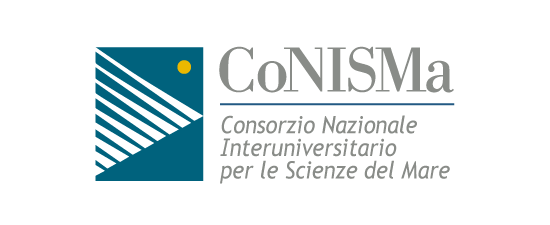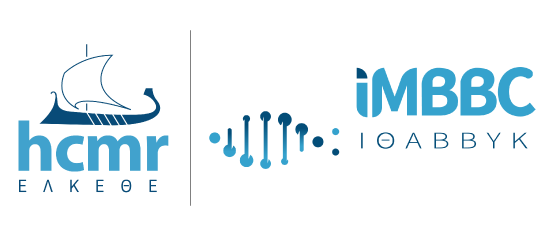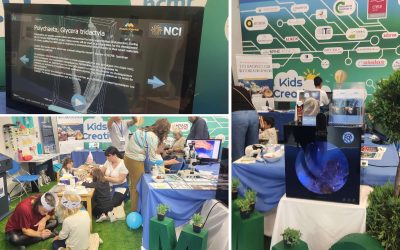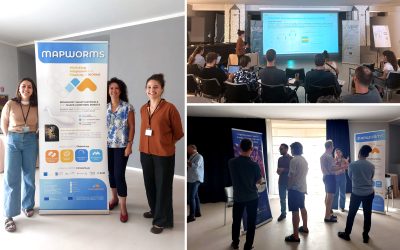MAPWORMS
Mimicking Adaptation and Plasticity in WORMS

Biomimicry, smart technology and smart materials
Three words are not enough to describe MAPWORMS’ ambition to develop a new branch of robotics. However, these ones represent the core of the project and its future ramifications as a leading and disruptive plan in the field of biorobotics.
Indeed, the main aim of MAPWORMS is to overcome the limitations of the current state of art systems by proposing the first bioinspired shape-morphing robot based on stimuli-responsive materials. In particular, the robot will be able:
- to adapt to the environment;
- to morph its shape according to environmental cues.
The result is a completely autonomous robot, able to perform many different tasks, rather than a robot capable of performing only under specific circumstances.
What did we take inspiration from? The Annelids, also known as the segmented worms or the ringed worms, because of their unsegmented body which they can partially evert as a result of the contraction of circular muscles surrounding the internal fluid-filled cavity.
Objectives
Phylogeny, Habitat Adaptation and Plasticity
Observing the body plasticity plan in marine Annelida and its capability to adapt to the external environment’s constraints from every point of view (i.e. anatomically, morphologically, behaviourally, etc.).

Mathematical Modeling
Developing a mathematical model of the marine Annelida plasticity and its adaptation to the environment, focusing on the morphological changes intervened, in order to conceive models of structures created from stimuli-responsive hydrogels.

Shape Memory Hydrogels
Developing smart materials, leaning onto smart shape memory hydrogels, able to respond to different stimuli (such as light, pH, specific chemicals, etc.) and with shape morphing and self-healing capabilities. The result will be smart materials mimicking metabolic mechanisms of biological systems.
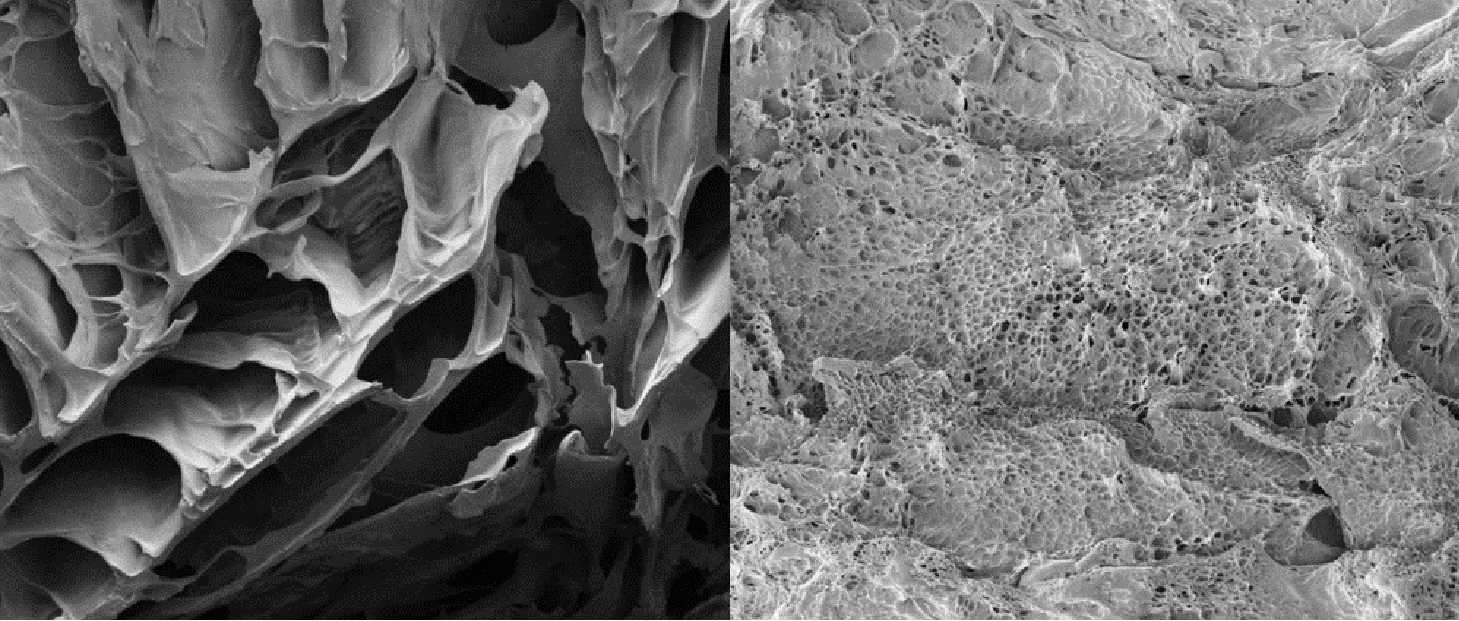
Shape Morphing Robots
Developing modular and shape morphing robots, which will result from the combination of multiple actuation units, including different types of responsive hydrogels and non-responsive materials. These robots will stand out for their self-adaptability with a huge potential in selected medical applications.

MAPWORMS Project shines at the INNODAYS Innovation Exhibition hosted by the Region of Crete
MAPWORMS project was showcased at the INNODAYS innovation exhibition held from November 24th to...
MAPWORMS Innovations have been inserted in the Innovation Radar Platform!
MAPWORMS project, as EU-funded project, is part of the EU Innovation Radar program. In particular,...
MAPWORMS at SOMIRO School on miniaturized and soft robots: what a wonderful experience!
SOMIRO is a Horizon 2020-funded project working on the development of energy-autonomous swimming...

Sant'Anna School of Advanced Studies (SSSA),
The BioRobotics Institute
V.Le R. Piaggio, 34
56025 Pontedera, Italy
info@mapworms.eu
Project Management
Project Coordinator
Arianna Menciassi
Sant'Anna School of Advanced Studies, The BioRobotics Institute
Project Manager
Selene Tognarelli
Sant'Anna School of Advanced Studies, The BioRobotics Institute
Communication Manager
Erika Gulino
Sant'Anna School of Advanced Studies, The BioRobotics Institute
Project Info
Starting date: May 2022
Duration: 48 months
Funding: ~ 2.9 M€
Coordinator: Sant'Anna School of Advanced Studies, The BioRobotics Institute
Partners: 6 from 5 EU countries

This project has received funding from the European Union’s Horizon Europe research and innovation programme under grant agreement N° 101046846



